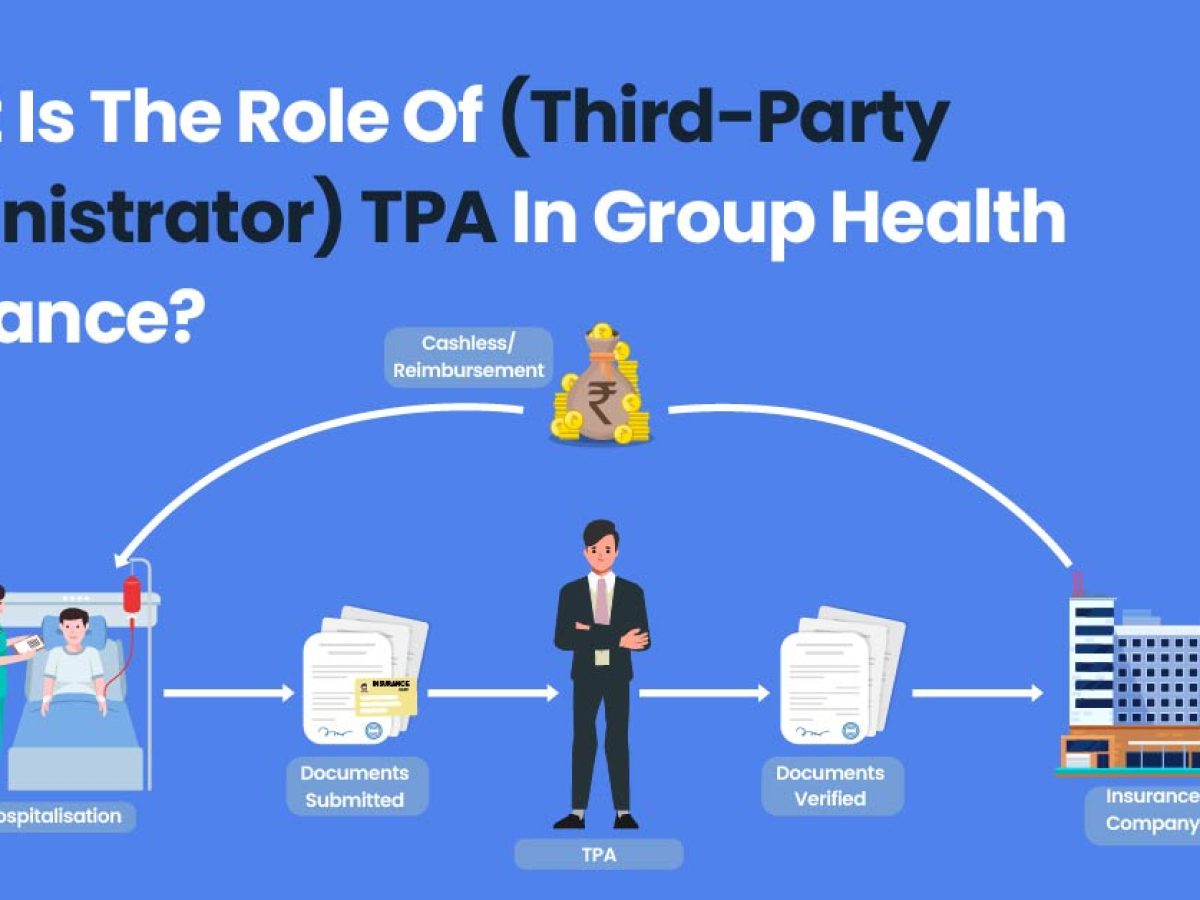An Unbiased View of Pacific Prime
Not known Details About Pacific Prime
Table of ContentsSome Ideas on Pacific Prime You Should KnowNot known Incorrect Statements About Pacific Prime 10 Easy Facts About Pacific Prime ShownUnknown Facts About Pacific PrimeSome Known Details About Pacific Prime

This is due to the fact that the data were accumulated for a period of solid economic efficiency. Of the approximated 42 million people that were uninsured, all yet about 420,000 (concerning 1 percent) were under 65 years old, the age at which most Americans end up being qualified for Medicare; 32 million were adults between ages 18 and 65, around 19 percent of all grownups in this age; and 10 million were youngsters under 18 years of age, about 13.9 percent of all youngsters (Mills, 2000).
These price quotes of the number of persons without insurance are created from the annual March Supplement to the Present Populace Study (CPS), performed by the Demographics Bureau. Unless otherwise kept in mind, nationwide estimates of individuals without health insurance and percentages of the population with different type of coverage are based upon the CPS, the most commonly utilized source of quotes of insurance policy protection and uninsurance prices.
Pacific Prime Can Be Fun For Anyone

Still, the CPS is specifically useful since it creates annual quotes reasonably promptly, reporting the previous year's insurance policy protection estimates each September, and since it is the basis for a regular set of estimates for greater than two decades, permitting evaluation of patterns in coverage with time. For these reasons, in addition to the comprehensive use the CPS in other research studies of insurance protection that are offered in this report, we rely on CPS price quotes, with constraints kept in mind.

The quote of the number of uninsured people expands when a populace's insurance standing is tracked for a number of years. Over a three-year duration starting early in 1993, 72 million people, 29 percent of the U.S. https://www.openlearning.com/u/freddysmith-sba6sp/. populace, were without protection for at the very least one month. Within a solitary year (1994 ), 53 million individuals experienced at the very least a month without protection (Bennefield, 1998a)
Six out of every ten without insurance adults are themselves used. Functioning does boost the likelihood that one and one's household participants will certainly have insurance, it is not an assurance. Even members of family members with two full time breadwinner have virtually a one-in-ten possibility of being without insurance (9.1 percent uninsured price) (Hoffman and Pohl, 2000).
Some Ideas on Pacific Prime You Should Know
New immigrants account for a substantial percentage of individuals without health insurance policy. One analysis has connected a significant part of the current development in the size of the U.S. uninsured populace to immigrants that arrived in the country between 1994 and 1998 (Camarota and Edwards, 2000). Recent immigrants (those that involved the United States within the previous 4 years) do have a high rate of being uninsured (46 percent), however they and their youngsters represent simply 6 percent of those without insurance policy nationally (Holahan et al., 2001).
The relationship between medical insurance and accessibility to care is well developed, as recorded later on in this phase. Although the partnership between medical insurance and health and wellness end results is neither straight neither straightforward, a comprehensive medical and health and wellness services research study literature links medical insurance protection to better accessibility to care, better quality, and improved personal and populace wellness condition.
Degrees of analysis for checking out the effects of uninsurance. It concentrates particularly on those without any kind of health and wellness insurance for any size of time.
Our Pacific Prime Statements
The troubles encountered by the underinsured are in some aspects similar to those dealt with by the uninsured, although they are normally much less severe. international travel insurance. Uninsurance and underinsurance, however, involve distinctly different policy problems, and the techniques for addressing them may vary. Throughout this research and the 5 reports to comply with, the main focus is on persons without medical insurance and therefore no help in paying for health care past what is offered through charity and security web organizations
Medical insurance is an effective element affecting invoice of treatment since both patients and medical professionals react to the out-of-pocket rate of services - https://linktr.ee/pacificpr1me. Health insurance coverage, nevertheless, is neither required nor enough to access to medical services. The independent and straight impact of health and wellness insurance coverage on accessibility to health and wellness services is well established.
Others will get the wellness care they need also without medical insurance, by spending for it out of pocket or seeking it from companies who supply care free or at extremely subsidized rates. For still others, health and wellness insurance policy alone does not make sure receipt of treatment because of other nonfinancial barriers, such as a lack of healthcare providers in their neighborhood, limited accessibility to transportation, illiteracy, or etymological and social differences.
Pacific Prime Fundamentals Explained
Formal content research about uninsured populations in the USA dates to the late 1920s and very early 1930s when the Board on the Price of Treatment produced a series of reports regarding financing medical professional office sees and hospital stays. This problem came to be significant as the numbers of medically indigent climbed during the Great Anxiety.